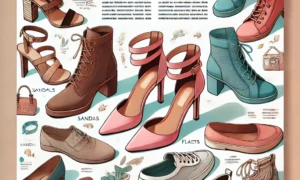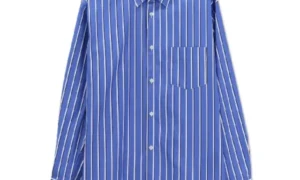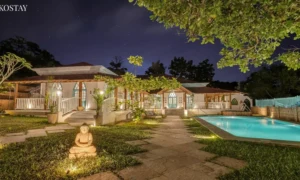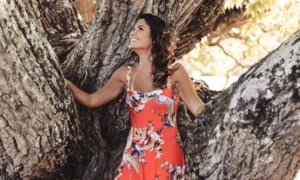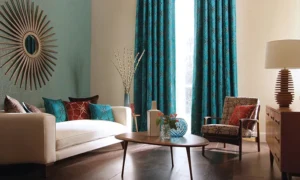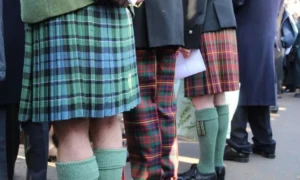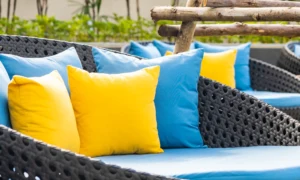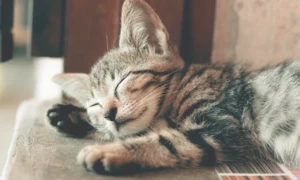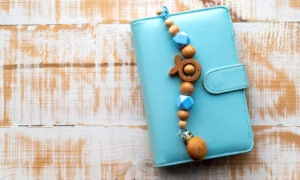From its origins in ancient Arabia to its modern-day fashion statement, the Mens Jubba holds a special place in Muslim culture. This traditional garment has evolved over time, but its significance and symbolism remain as strong as ever. Join us as we delve into the rich history and cultural importance of the Mens Jubba, exploring how this simple robe has become a timeless symbol of faith and tradition for men across the Muslim world.
Introduction to the Mens Jubba and its significance in Muslim culture
The mens jubba, also known as thobe or thawb, is a traditional garment worn by Muslim men around the world. It is a long-sleeved tunic-like garment that is ankle-length and usually made from cotton or other lightweight fabrics. The mens jubba has been an integral part of Islamic culture for centuries and holds great significance in Muslim society.
Origins of the Mens Jubba
The origins of the mens jubba can be traced back to the Arabian Peninsula, specifically to the region now known as Saudi Arabia. Historically, Arab men would wear loose robes made from wool or camel hair called “thawb” to protect themselves from the harsh desert climate. With time, this garment evolved into what we know today as the mens jubba.
Significance in Muslim Culture
In Islam, modesty is highly valued and considered an essential aspect of one’s faith. The mens jubba serves as a symbol of modesty for men and promotes a sense of humility and simplicity in their appearance. It covers their body completely, leaving no room for immodesty.
Styles and Variations
While the basic design of the mens jubba remains consistent across different regions, there are variations in styles depending on cultural influences. For example, in some parts of Pakistan and Afghanistan, men wear a more fitted version with pants underneath called “shalwar kameez.” In contrast, in North African countries like Morocco and Tunisia, it is common to see men wearing longer versions with hooded necklines called “djellaba.”
Conclusion
The mens jubba holds great significance in Muslim culture as a symbol of modesty, humility, and emulation of Prophet Muhammad (peace be upon him). Its origins can be traced back to the Arabian Peninsula and have evolved into various styles and variations across different regions. This traditional garment not only serves as an essential part of Islamic dress but also represents the rich cultural heritage of Muslims worldwide.
The origins of the Mens Jubba: From traditional Arab clothing to Islamic attire
The Mens Jubba, also known as the Thobe or Dishdasha, is a traditional garment worn by Muslim men across various regions in the Middle East and North Africa. It has a long history that can be traced back to ancient Arab clothing, but its evolution into an Islamic attire holds significant cultural and religious significance.
Origins in Ancient Arab Clothing:
The origins of the Mens Jubba can be traced back to ancient Arab clothing, particularly the Qamis or Kamiz – a loose-fitting tunic worn by men in Arabia before the advent of Islam. The Qamis was usually made from lightweight fabrics such as cotton or linen and was designed to provide comfort in hot desert climates. Over time, this garment evolved into what is now known as the Mens Jubba.
Influence of Islamic Beliefs:
With the spread of Islam in the Arabian Peninsula during the 7th century, there were significant changes in clothing styles among both men and women. The teachings of Islam emphasized modesty and simplicity in attire, leading to modifications in traditional garments such as the Qamis. This led to longer and looser versions of the tunic being introduced, which eventually evolved into what we now know as the Mens Jubba.
Symbolism and Significance:
The Mens Jubba holds great symbolic significance in Muslim culture. Its simple design represents humility and detachment from material possessions – important values emphasized by Islam. The white color of most jubbas symbolizes purity and cleanliness, reminding Muslims to maintain spiritual purity through their thoughts and actions.
Regional Variations:
While there are many similarities between different styles of jubbas worn across various Muslim-majority countries, there are also regional variations influenced by local customs and traditions. For example, Saudi Arabian jubbas tend to have wider sleeves compared to those worn in Egypt or Sudan.
Contemporary Adaptations:
In modern times, with advancements in fashion trends, even traditional garments like the Mens Jubba have undergone some changes. While the basic design remains the same, there are variations in the fabric and embellishments used. Some men also opt for more fitted jubbas or ones with added pockets and zippers for convenience.
Evolution of the Mens Jubba across different regions and cultures within the Muslim world
The Mens Jubba, also known as the Thawb or Kandura, is a traditional garment worn by men in various regions and cultures within the Muslim world. Its origins can be traced back to the time of Prophet Muhammad (peace be upon him), who himself was known to wear a similar garment.
Symbolism and meaning behind the design and adornments of the Mens Jubba
Symbolism and meaning play a significant role in the design and adornments of the Mens Jubba, as it reflects the rich cultural history of Muslim communities around the world. The Jubba is more than just a piece of clothing; it holds deep spiritual significance and represents various aspects of Islamic beliefs.
How wearing a Mens Jubba is tied to religious beliefs and practices in Islam
In the Islamic faith, clothing holds a significant place and is closely tied to religious beliefs and practices. One of the most recognizable garments in Muslim culture is the Mens Jubba. This long, loose-fitting garment has been a part of Islamic dress for centuries and is worn by men all over the world as a symbol of their faith.
Contemporary trends in styling and accessorizing the Mens Jubba
Contemporary trends in styling and accessorizing the Mens Jubba have evolved over time, reflecting the changes in Muslim culture and fashion. While traditionally, the Jubba was a simple garment with minimal embellishments, modern designs have incorporated new elements to make it more stylish and fashionable.
Misconceptions
Misconceptions about the Mens Jubba, also known as Thawb or Kandura, have been prevalent in both Muslim and non-Muslim societies. This traditional garment has a rich history and holds great significance in Muslim culture, yet it is often misunderstood and misrepresented. In this section, we will debunk some of the common misconceptions surrounding the Mens Jubba.
One of the most common misconceptions about the Mens Jubba is that it is only worn by Arab men. While it is true that the garment has its roots in the Arabian Peninsula, it is not limited to Arab culture alone. The Mens Jubba can be found in various forms across many Muslim-majority countries such as Pakistan, Bangladesh, Indonesia, and Malaysia. It is also a popular choice among Muslim men living in Western countries.




